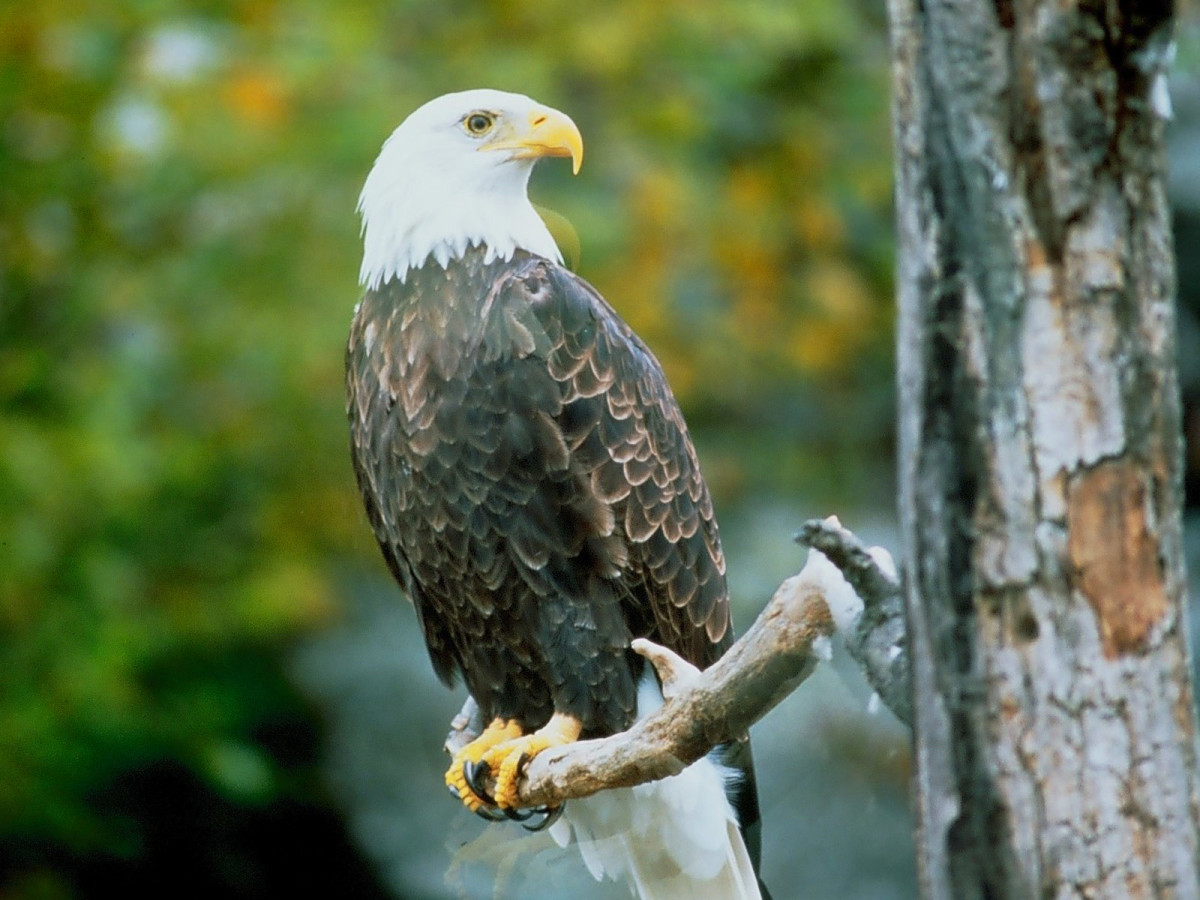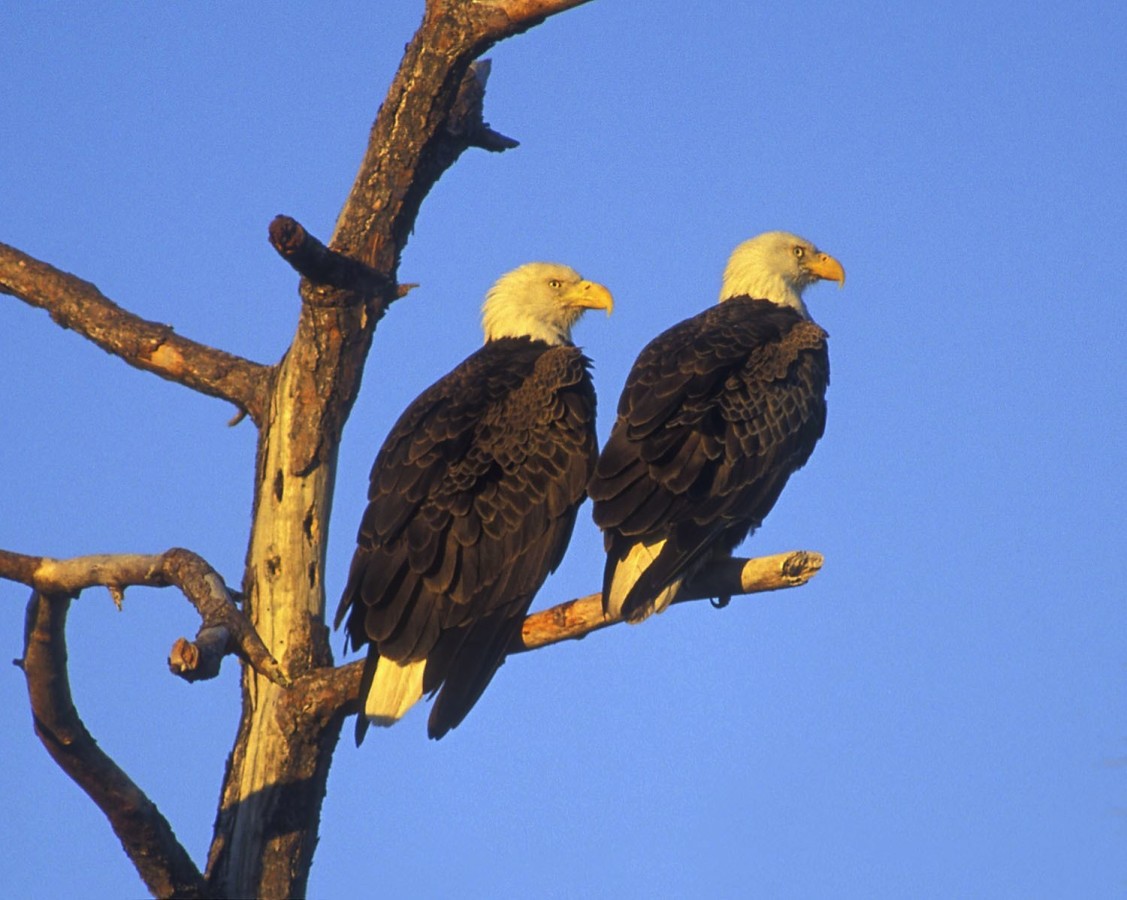On a Sunday morning in late January, Paul Lattimore of Auburn stood on his lawn looking through a pair of binoculars at a large raft of winter ducks on the north end of Owasco Lake.
Suddenly, the ducks spooked, and a hundred or so took to the sky.
“I panned my binoculars south and saw a bald eagle had grabbed a mallard,” Lattimore said. “The eagle was fighting to get airborne and the mallard was in its talons.”
Grasping the flapping duck, the eagle flew along the shoreline over Lattimore’s house. The duck shook itself loose and fell in the water. The eagle made a pass, the duck dove, and after circling twice, the eagle flew off.
“I’ve lived on the lake since I was a child, some 40 years,” Lattimore added. “That’s the first time I’ve seen an eagle on the lake.”
The chances of sighting a bald eagle are indeed going up. After plummeting to endangered species status by the early 1960s, their numbers are now climbing in New York state and elsewhere. In the 1950s and 1960s, widespread use of the pesticide DDT contaminated water sources the bald eagles depended upon. Although this large bird, with a wingspan of six to seven feet, may feed on waterfowl and small mammals, its primary prey is fish, whose fatty tissues are known to accumulate chemicals. A diet of DDT-laden fish made the birds’ eggshells fragile, and most bald eagle chicks died before they hatched. Ironically, this great country almost lost sight of its national symbol completely. By 1970, only one nesting pair remained in the state.
The country banned DDT in 1972. In 1976, the New York State Bald Eagle Restoration Project began reestablishing breeding birds in the state. Between 1976 and 1988, young bald eagles were moved, mostly from Alaska, and hand-reared to independence. Almost 200 were released in New York state. Ten breeding pairs had nests by 1989, and the project ended with its goal attained.
The birds prefer areas with few people, near large lakes, swamps, marshes and along rivers where there is open water for them to fish. In New York state, most nests can be found in the southern Catskill region along the Delaware River and to the north between the Hudson and St. Lawrence rivers. Last year’s count of 84 potential breeding pairs marked a high point since restoration began, according to the 2004 New York State Bald Eagle Report. The state’s annual survey occurs during the first few weeks of January. In 2004, the 363 total bald eagle sightings added up to another record.
Bill Ostrander, of the Chemung Valley Audubon Society, acknowledges that even around the Finger Lakes region sightings have increased in the last three or four years. Growing up in Elmira, he saw a stray bird once in his teens. During this year’s annual survey, Ostrander spotted two bald eagles near Elmira. He also glimpsed a golden eagle, an extremely rare bird for the area, especially in winter. The golden eagle was perched in the Land Trust’s Steege Hill preserve, west of Elmira.
The N.Y. Department of Environmental Conservation (DEC) considers human presence and loss of key habitat as the eagle’s biggest threat. Identifying and protecting key habitats will be essential for future populations to succeed, the bald eagle report cautions. If anecdotal evidence is any indication, Ostrander provided more proof of the bald eagle’s well-being during a trip to the Montezuma Wetlands Complex at the north end of Cayuga Lake last September.
“I observed 16 bald eagles in one day,” he marveled.
While it’s glorious to see bald eagles in person, the DEC warns that the birds have excellent eyesight and are easily disturbed. Steering clear of nests is crucial for keeping them around. Still, a careful glimpse, like the one Paul Lattimore was privileged to in January, can leave a lasting impression.
“Seeing that bird in action will be in my mind forever,” Lattimore said. “It’s a hopeful sign to me that the eagles are now possible in the area.”



